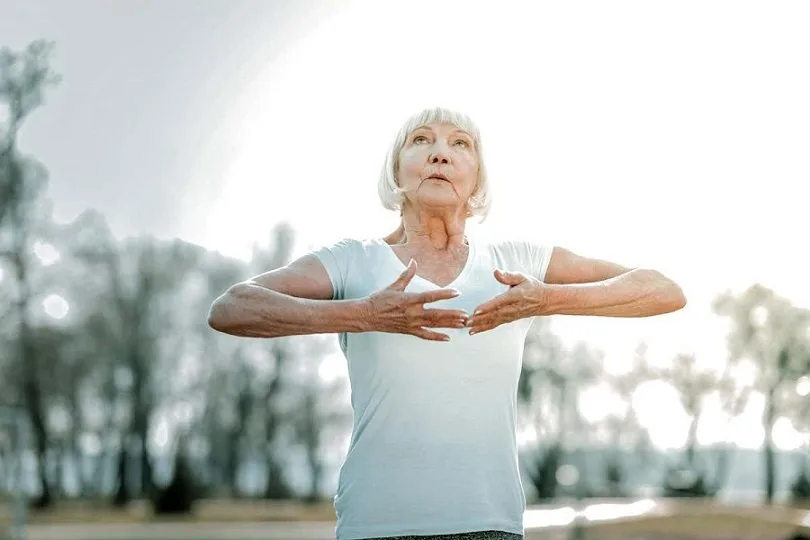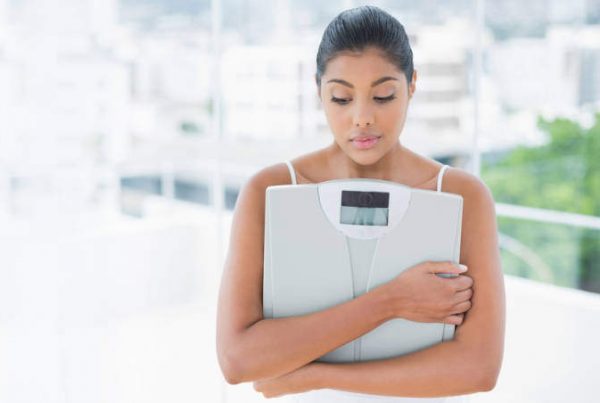Breathing helps to keep us alive. However, with the current state of the world, be it the concerns around social justice or worries about the long-term impact of COVID-19, our anxiety levels have reached fever-pitch and it’s impacted how we breathe which, in turn, has affected our health. Thankfully, there are breathing exercises that you can adopt if you feel that you need easy anxiety relief.
Breathing and Anxiety
There are two types of breathing patterns: diaphragmatic (abdominal) breathing and thoracic (chest) breathing. When we become anxious or stressed, our breathing style is often thoracic (from the chest) and our breaths become rapid and shallow. Unfortunately, chest breathing not only increases our heart rate, but it can also cause dizziness, neck pain and even headaches – ironically, these are common symptoms of a panic attack.
That said, if you really want to reduce your body’s stress levels, then it’s important to adopt abdominal or diaphragmatic breathing. This breathing pattern encourages you to take even, deep breaths. It helps you relax, and it even provides health benefits.
In fact, a review article published in the Health Science Journal suggested that deep breathing techniques can help reduce fatigue, anxiety, and aggressive behavior in adolescent males as well as improve stress management and migraine symptoms.
Breathing exercises for anxiety
Here are some simple breathing exercises that will help ease any anxiety symptoms and feelings. Mastering them will help to make your journey with anxiety a little easier.
1. Belly Breathing Exercise
Belly breathing, also known as diaphragmatic breathing or abdominal breathing, is a type of breathing exercise that focuses on strengthening your diaphragm – muscles that sit just below the lungs. According to research, belly breathing has been found to not only improve depression and anxiety, but it’s also found to improve both sleep and heart health (1,2)
It’s a basic breathing exercise that will help you relax whenever you feel stressed or anxious.
How to do belly breathing
- Sit or lie flat in a comfortable position.
- Put one hand on your belly just below your ribs and the other hand on your chest.
- Take a deep breath in through your nose, and let your belly push your hand out. Your chest should not move.
- Breathe out through pursed lips as if you were whistling. Feel the hand on your belly go in, and use it to push all the air out.
- Do this breathing 3 to 10 times. Take your time with each breath.
- Notice how you feel at the end of the exercise.
- Try doing this exercise three or four times a day for up to 10 minutes.
2. 4-7-8 breathing technique
This breathing pattern, also known as relaxing breath, requires you to breathe in for 4 seconds, hold the breath for 7 seconds, and exhale for 8 seconds. It was developed by Dr. Andrew Weil who believes that the breathing technique will help reduce anxiety, improve sleep patterns, and even help you control your anger responses (3).

Photo by engin akyurt on Unsplash
How to do 4-7-8 breathing
- Sit in a comfortable position and place the tip of the tongue on the tissue right behind the top front teeth
- To start, put one hand on your belly and the other on your chest, as in the belly breathing exercise.
- Take a deep, slow breath from your belly, and silently count to 4 as you breathe in.
- Hold your breath, and silently count from 1 to 7.
- Breathe out completely as you silently count from 1 to 8. Try to get all the air out of your lungs by the time you count to 8.
- Repeat 3 to 7 times, or until you feel calm.
- Notice how you feel at the end of the exercise.
If you feel that you can’t hold your breath for long, try a shorter pattern instead:
- Breathe in through the nose for 2 seconds
- Hold your breath for a count of 3.5 seconds
- exhale through the mouth for 4 seconds
3. Feeling Safe: Breathing Awareness
This is a breathing exercise created by Dr. Ela Manga, a medical doctor with a special interest in mind-body medicine, energy management, and burnout. This breathing technique focuses on building self-awareness and mental strength.
How to do it
- Take a few moments to settle into a comfortable position.
- If you are sitting in your chair, sit back without slouching, relax your neck and shoulders, uncross your legs, and place your hands on your lap with your palms facing upwards.
- Begin with a soft exhale, letting go of any stress, tension, or worry.
- Do this again, this time relaxing the back of your neck and shoulders, and if you feel comfortable you can close your eyes
- Breathe normally without changing or controlling your breath, simply noticing that you are breathing and feeling the breath in your nostrils.
- See if you notice that as you inhale the air feels cooler in your nostrils and that as you exhale, it feels warmer.
- Still staying with natural breathing, move your attention to your belly and feel how your belly rises and falls as you inhale and exhale.
- See if you can hold your attention here, one breath at a time.
- As you start to notice the breath, you might notice where you are holding tension in the body. Just feel like you are relaxing in those parts.
- Sometimes you might feel feelings coming up, just let them come to the surface, and come back to the breath.
- Now, on your own, just practice feeling the breath and practice coming back when the mind wanders.
- When you are ready, slowly come back and open your eyes, still keeping the feeling of peace with you and knowing that the feeling is always there right inside you and that you can connect to it with your breath.
- Try to practice every morning for 5 minutes, gradually building up to 15-20 minutes.
4. Resonant breathing
Also known as coherent breathing, resonant breathing is a form of controlled breathing that involves taking long, slow breaths at a rate of about five per minute. It helps to reduce stress and calm you down when feeling anxious.
How to do resonant breathing
- Lie down and close your eyes.
- Gently breathe in through your nose, mouth closed, for a count of six seconds.
- Don’t fill your lungs with too full of air.
- Exhale for six seconds, allowing your breath to leave your body slowly and gently. Don’t force it.
- Continue for up to 10 minutes.
- Take a few additional minutes to stay still and focus on how your body feels.
The bottom line
If you begin to experience anxiety or a panic attack, trying one of the breathing exercises mentioned may help to alleviate your symptoms. However, if your symptoms persist, it’s important to reach out for help so that you can maintain control over your anxiety.
References
Goyal, M., Singh, S., Sibinga, E. M., Gould, N. F., Rowland-Seymour, A., Sharma, R., Berger, Z., Sleicher, D., Maron, D. D., Shihab, H. M., Ranasinghe, P. D., Linn, S., Saha, S., Bass, E. B., & Haythornthwaite, J. A. (2014). Meditation programs for psychological stress and well-being: a systematic review and meta-analysis. JAMA internal medicine, 174(3), 357–368. https://doi.org/10.1001/jamainternmed.2013.13018
Ong, J. C., Manber, R., Segal, Z., Xia, Y., Shapiro, S., & Wyatt, J. K. (2014). A randomized controlled trial of mindfulness meditation for chronic insomnia. Sleep, 37(9), 1553–1563. https://doi.org/10.5665/sleep.4010
Steffen, P. R., Austin, T., DeBarros, A., & Brown, T. (2017). The Impact of Resonance Frequency Breathing on Measures of Heart Rate Variability, Blood Pressure, and Mood. Frontiers in public health, 5, 222. https://doi.org/10.3389/fpubh.2017.00222
Varvogli, L., & Darviri, C. (2011). Stress management techniques: evidence-based procedures that reduce stress and promote health.



![women [longevity live]](https://longevitylive.com/wp-content/uploads/2020/01/photo-of-women-walking-down-the-street-1116984-100x100.jpg)










